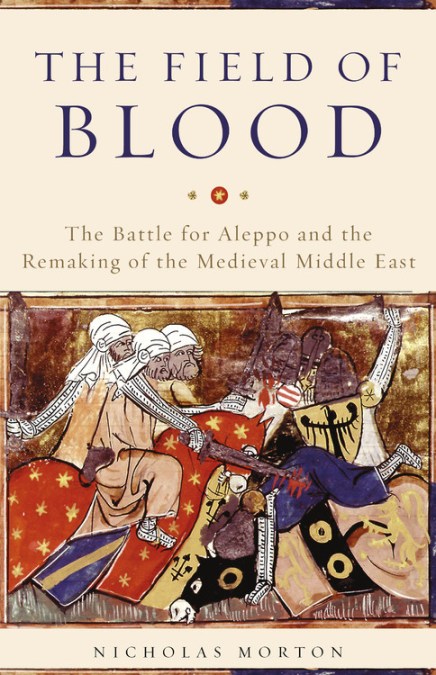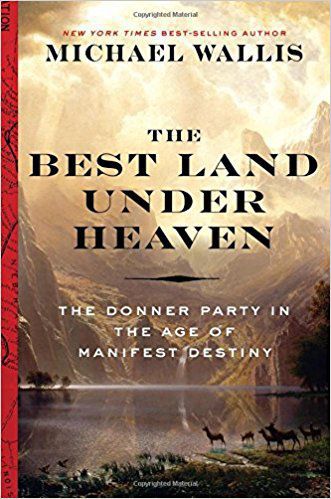
Phillip Thomas Tucker's "Anne Bonny the Infamous Female Pirate" is one of the more even-handed portrayals of Anne - her life, her times, her piratical activities, her end - that I have read in a long time.
We are given a real sense of the times despite a lack of documentation - afterall, many of those involved in piracy operated under aliases and in secrecy, and did not leave a written account, and very few survived to tell their tales. Even Anne did not leave an account of her life, preferring to retire into obscurity.
Anne was first portrayed "as a psychological female maniac cursed with a homicidal temper and unstoppable rage .." in Captain Johnson's book on pirates published a few years after she was captured and imprisoned (c.1724).
But what led Anne to a life of piracy is the question. From the scandal of her parent's relationship and her early childhood in Ireland, to her arrival in Charles Town where her father sought a new life (c.1708), Anne's refusal to bend and submit, saw her embark on an ill-fated marriage to Jim Bonny. When life Charles Town became too stifling, the couple fled to the Caribbean (c.1718) where a life of piracy - for Jim at least - seemed the easiest way to make a living.
It would be her meeting of Calico Jack Rackman (1719) that would see Anne embark on her "career" as a pirate - all for her love of a man. In the end, it would be the courageous actions of two women, who led the final hopeless last stand before their capture (1720).
What is implied from Anne's trial, which drew much publicity, was that both she and Mary Read "... had been sentenced to death to pay for the crimes and sins of all those successful pirates who had come before her ...". She was 22.
As a glimpse into the world of piracy that is far from either whimsical or fantastical, then this conveys the harsh realities of piracy which saw over 400 pirates hanged in a ten year period. Tucker's aim was " .. to present a corrective view ..." of Anne's story, which I felt he achieved.
read more:
- A General History of the Pyrates by Daniel Dafoe
- A General History of the Robberies and Murders of the Most Notorious Pirates by Charles Johnson
- Bold in Her Breeches: Women Pirates Across the Ages by Jo Stanley
- The Pirate Trial of Anne Bonny and Mary Read by Tamara J. Eastman and Constance Bond
- Iron Men, Wooden Women: Gender and Seafaring in the Atlantic World, 1700-1920 by Margaret S. Creighton and Lisa Norling
- The Republic of Pirates: Being the True and Surprising Story of the Caribbean Pirates and the Man Who Brought Them Down by Colin Woodard
- Under the Black Flag: The Romance and the Reality of Life Among the Pirates by David Cordingly
and for something a little more tongue in cheek, one of my all time favourites - "The Pyrates" by George MacDonald Fraser.







![Prince Felix Yusupov: The Man Who Murdered Rasputin by [Dobson, Christopher]](https://images-fe.ssl-images-amazon.com/images/I/51BAaJ1IcwL.jpg)













